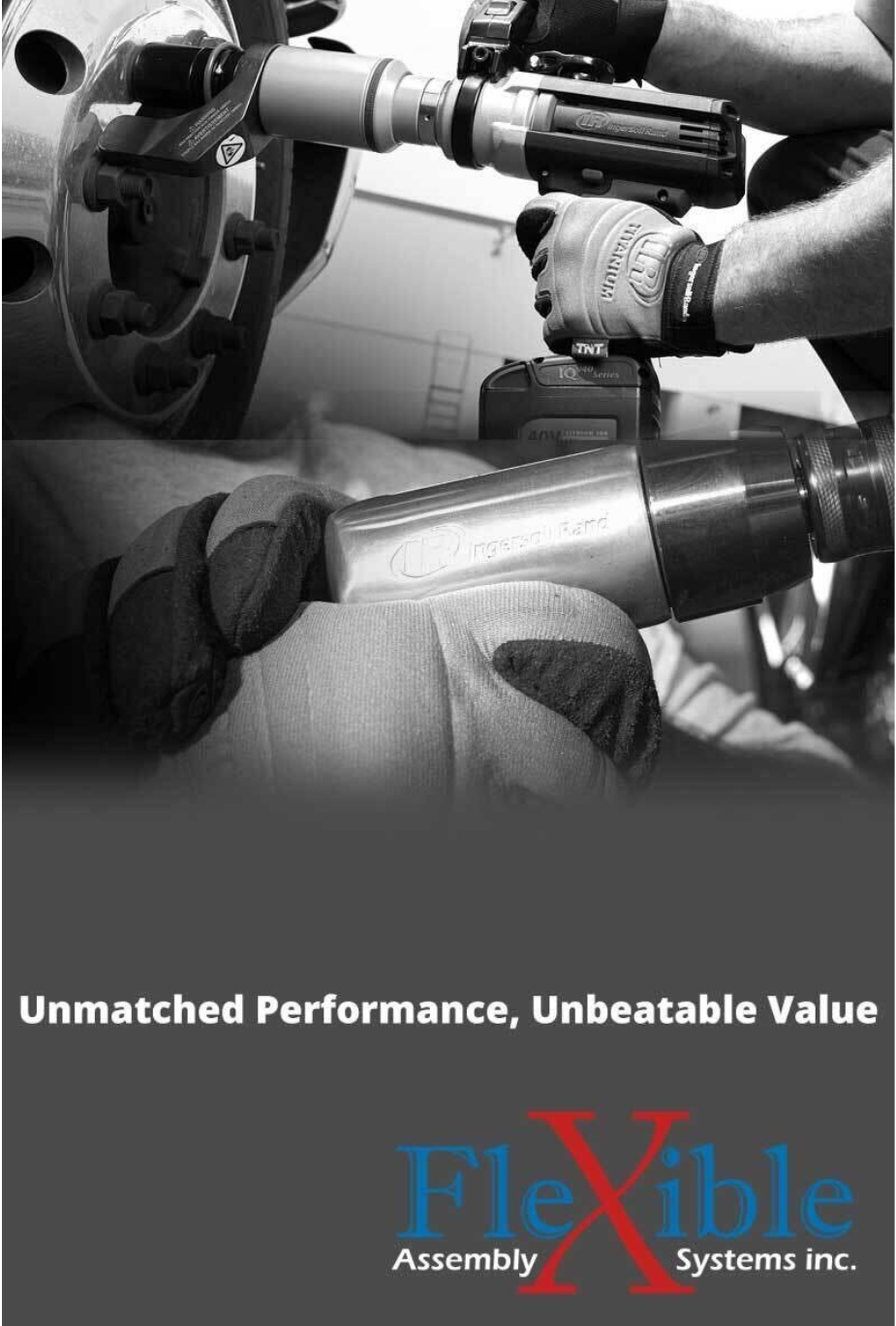How Linear Actuators and Torque Wrenches Ensure Precise Motion Control
Delivering repeatable motion in industrial automation takes advanced electromechanical actuation technology. Linear Actuators translate rotary motor torque into linear thrust force with extreme precision. Torque wrenches ensure consistency tightening or loosening mechanical joints during positioning.
This article explains how electric linear actuators and torque wrenches combine to enable accurate movement control essential for smooth factory workflows. We’ll overview common actuator types, precision torque tools, and why Flexible Assembly System (FAS) products deliver the motion control reliability your application requires.
The Need for Precision Motion Control
All automated manufacturing processes rely on properly sequenced motion to function efficiently. Components must slide, rotate, clamp, bend, lower & lift based on exact positioning cues. Error tolerances measured in fractions of millimeters dictate assembly quality and throughput speed.
Achieving this precision repetitively requires electric actuation systems far more advanced than hydraulic or pneumatic alternatives. Closed-loop electric motors with digital drivers outperform old analog methods for holding position regardless of load variance.
Integrating proper torque tooling for joining motion sequences maintains clamp forces, alignments, and safety. Repeatable precision movement forms the foundation for smart factory innovation.
Understanding Linear Actuator Basics
Linear actuators convert rotational force created by an electric motor into linear thrust force along an axis. Gearing housed within a rugged metal frame pushes or pulls output rods with extreme accuracy and force rated from a few pounds up to several tons.
Actuators move loads positioned on rails, timing belts, or directly mounted to their stroke. Common applications include:
- Opening/closing grippers & clamps
- Raising/lowering presses & lifts
- Sliding parts to stations
- Transferring materials between processes
- Metering fluids for filling operations
- Adjusting equipment components
Ballscrew, belt, and rod styles make up most electric linear actuators. Each have pros and cons for payload, positioning, maintenance, and duty cycle:
- Ballscrew actuators rotate a threaded screw to generate outward force. Very accurate but require more maintenance.
- Belt actuators link a toothed track to an electric motor via reinforced belt. Quick accelerations but some backlash.
- Rod actuators use a ball nut riding on a threaded rod for direct thrust. Durable, affordable, but moderate precision.
Flexible Assembly System (FAS) actuators feature both ballscrew and belt technologies selected based on technical requirements. Custom manufactured combination actuators like vertical lifts with integrated belt tracks offer unique solutions.
Torque Tools Enable Joint Integrity
Perfectly positioning equipment means little if the tightened joints connecting them fail. Gears slip, mechanical alignments shift, and wear accelerates without maintaining proper torque.
Electric torque wrenches provide the vital torque audit data for verifying precision clamping, screws, and other threaded fasteners stay tightened within OEM specifications. They eliminate human inconsistency tightened critical joints during actuation sequences.
FAS torque tools document torque values and angles turned for post process analysis. Cloud based analytics track trends to identify potential issues like batch fastener quality early. Operators also receive alerts to pause production if any torque audits fall outside parameter windows.
This helps prevent contamination and unplanned downtime. Automatic shut off upon achieving specified torque setpoints allows wrenches to be incorporated into motion automated sequences.
Automating Motion Sequences
Sophisticated programmable actuators and torque tools allow capturing entire motion sequences for replicating 24/7. The highest grades enable self-monitoring and correction without human intervention.
Linear actuators feature absolute encoders for retaining position data even when powered down. Our integral programmable controllers enable storing entire positioning programs locally. TEAM Force torque tools similarly include programmable automation capability for tightening patterns.
With the right electric actuation and torque technology, virtually any movement process involving positioning, joining, pressing, filling, clamping, or transferring stamps out perfection every time. Sequenced events activate via local button, foot pedal, production line PLC, or over wireless networks.
This flexibility facilitates transitioning manual operations over to semi and fully automated workflows. Changeover becomes just a matter of selecting the desired program.
Why Linear Actuators & Torque Control Matter?
Combining electric actuators and torque tools forms a dual foundation delivering extreme precision motion control. This fosters optimizing manufacturing in ways not otherwise possible, including:
- Repeatability scalable from high mix/low volume to high output mass production
- Automating processes without needing proprietary programming
- Reduced operating costs through energy efficiency
- Analytics feedback supporting predictive maintenance
- Adaptable flexibility keeping future options open
As production lines embrace Industry 4.0 concepts, smart motion control provides the backbone enabling everything else.
Flexible Assembly System Actuation & Torque Solutions
Flexible Assembly System miniature linear actuators and TEAM Force torque tools drive some of the most renowned factory floors globally. Our customers lead innovations in aerospace, pharmaceuticals, packaging, electronics, medical devices, automotive, and fabrication.
These dynamic companies rely on FAS actuation technology for positioning sensitive optics, metering volatile compounds, lifting heavy equipment, pressing delicate components, and manipulating intricate assemblies. Precision motion forms the foundation of their cutting edge automation.
Every FAS actuator suits specific use case requirements with stroke lengths from under an inch to over 60 inches. Load capacities range from 3 lbs up to 3 tons. Select precision ground ballscrew, long life belt, or acme rod drivers matched to optimal force and duty cycle needs.
Built in controllers accept inputs from practically any digital bus network for seamless enterprise connectivity. Change programs, monitor performance, and calibrate remotely without affecting production. And our exclusive VeriControl positioning verification alerts operators if out-of-tolerance drift is detected so corrections occur immediately.
Alongside actuators, FAS TEAM Force delivers the industry’s most reliable torque control across manufacturing sectors. Five tiered control models meet any torque range requirement up to 6,000 lb-ft with accuracy within ±3%. Durable one piece steel framing withstands hardcore environments.
Intuitive LED/LCD displays provide real time torque audits. Cloud based analytics identify patterns helping optimize torque requirements over time for better process control. Open programming architecture works directly from desktops or tablets without proprietary devices. And our rapid repair services have certified technicians across the globe ready when the unexpected happens to get lines running again ASAP.
Experience World Class Motion Yourself
See firsthand how Flexible Assembly System actuation and torque optimization boosts quality, precision, and process control on your own factory floor. Our application engineers help identify optimum solutions matching technical specifications to production goals. Arrange an on-site demo and gain the competitive edge separating industry leaders.











